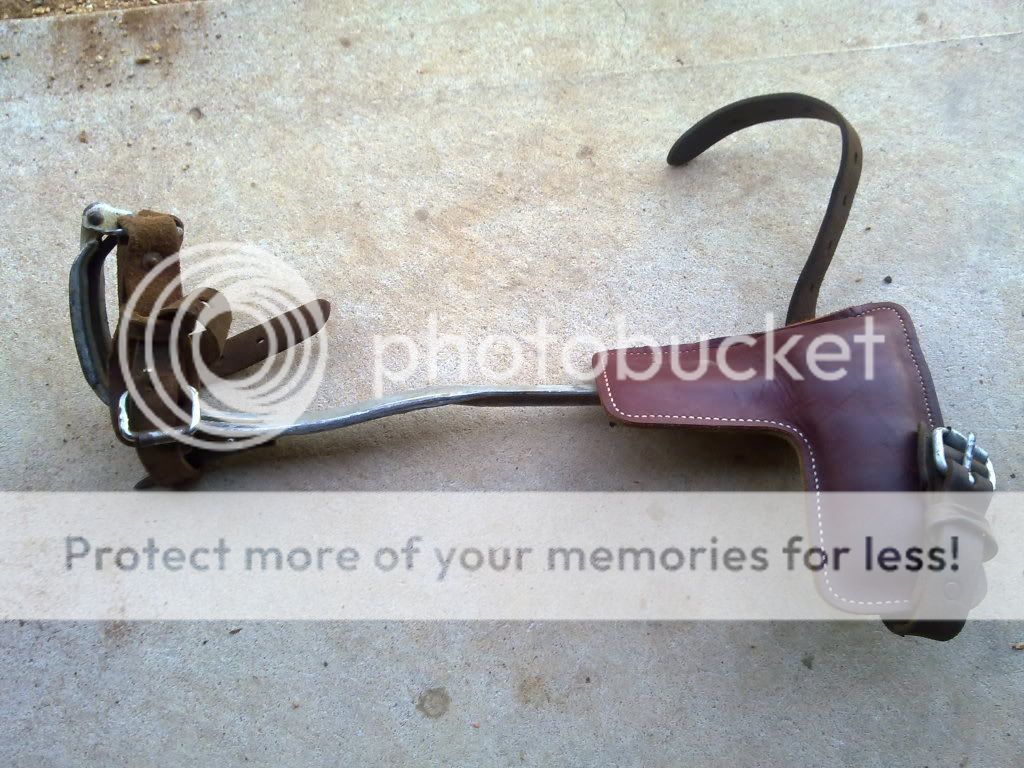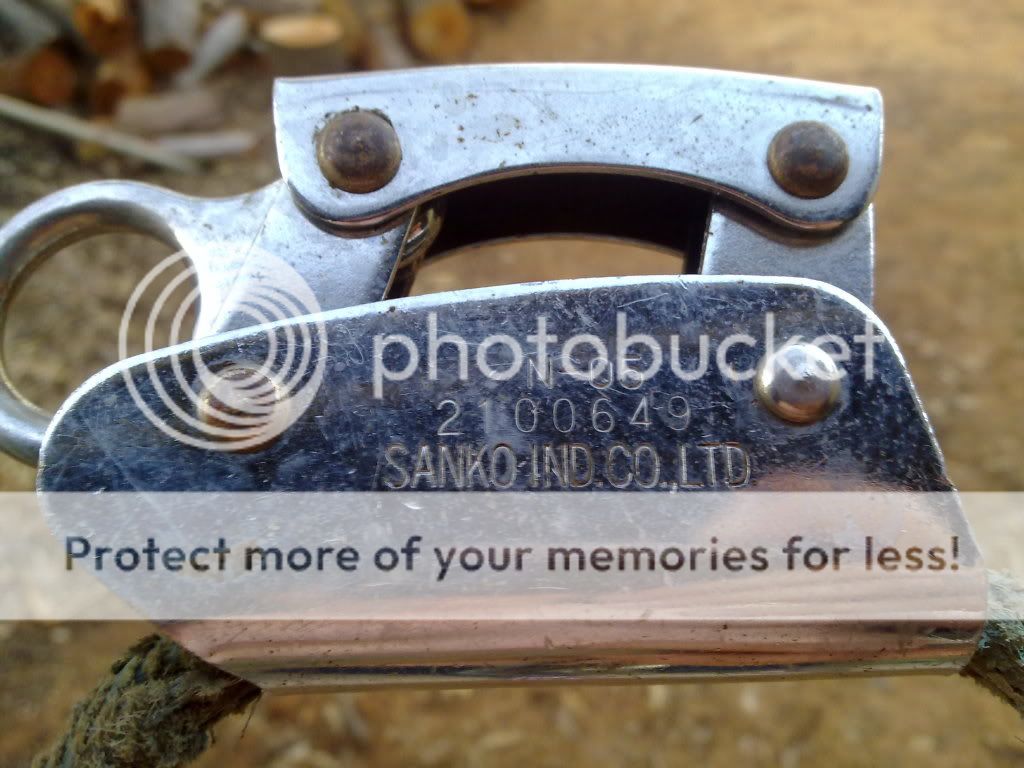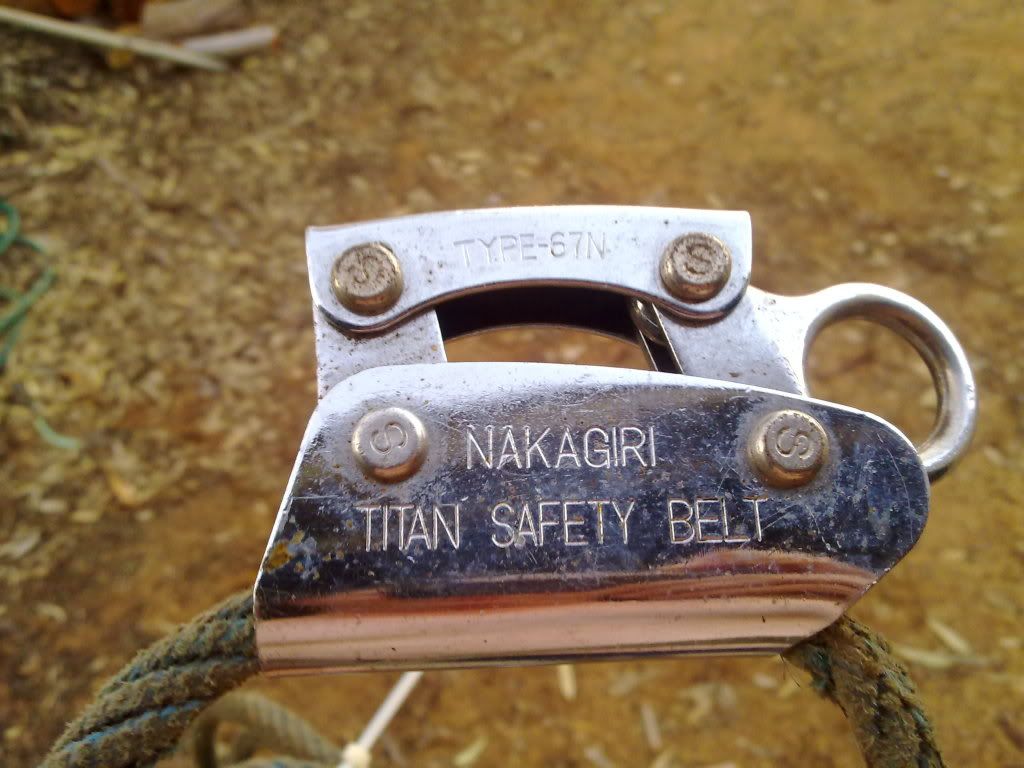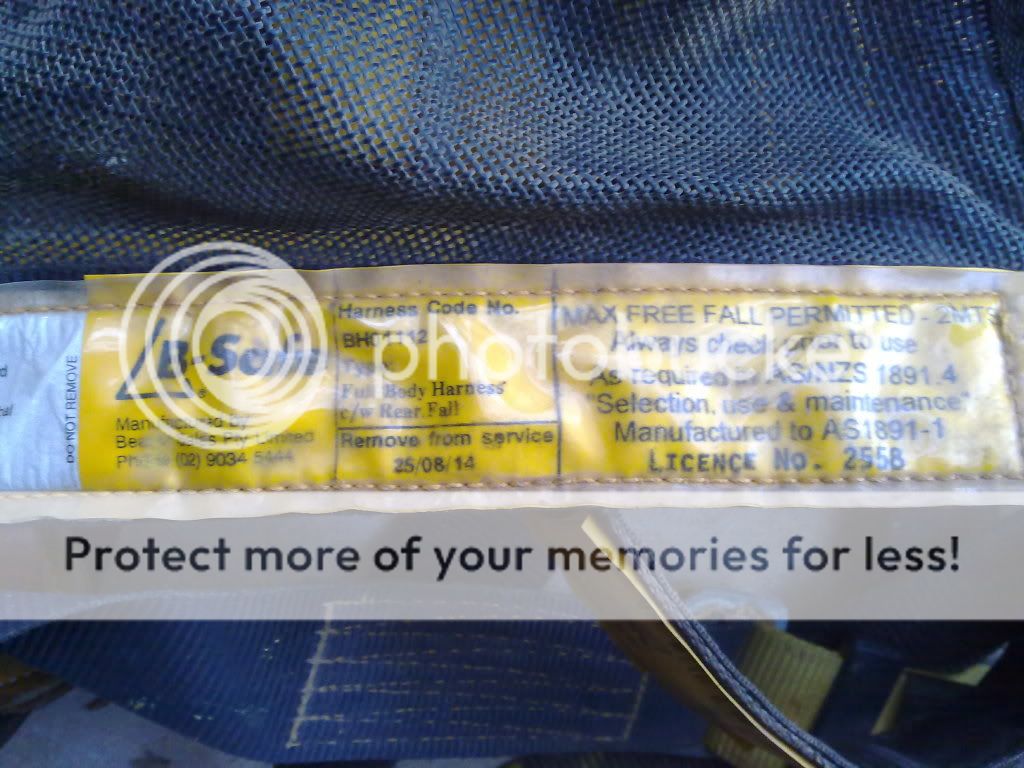MCW
Somebody's talking crap here & it ain't the tree!
Hi Guys.
New to climbing and to be honest know a bit but have no real experience using the climbing gear. I am however keen and a fast learner.
I won't be swinging around in trees etc, simply climbing up trunks with harness, spikes, and flipline, then limbing and dropping piece by piece.
I have a chainsaw and tree felling business and have had to pass up just a few too many jobs lately as my experience is solely at ground level. Problem is that no matter how good you are you cannot drop a 60' tree in a 40' back yard from the ground
Although "relatively" fit I am 6'3" and 120kg (264lbs).
I've asked an arborist supply business in Australia and the guy said that my size won't be an issue, the harnesses are able to handle that sort of weight.
I bought a second hand climbing setup off another guy with a similar business to mine. I've since found out that the harness is quite simply a "fall arrest" harness, not suitable for climbing.
I've attached some photos of the gear I got. The spikes are good, the flipline etc OK, harness good but worthless for climbing.
Question is, what else will I need to get underway? If anybody can recommend a good harness, flipline, flipline adjuster (if what I have isn't suitable?).
Price no object as I'd rather be comfortable than fall to my death
Thanks for any help guys, appreciated.
Also, if anybody says that I shouldn't be climbing and should leave it up to qualified arborists blah blah blah I'll spit on my computer screen




And the harness label...
Plus a view of a similar harness...
http://www.beaver.com.au/?stm_a=77|...m_o=|&0&cat=96749349fa61af15&topcat=3156&tpi=

New to climbing and to be honest know a bit but have no real experience using the climbing gear. I am however keen and a fast learner.
I won't be swinging around in trees etc, simply climbing up trunks with harness, spikes, and flipline, then limbing and dropping piece by piece.
I have a chainsaw and tree felling business and have had to pass up just a few too many jobs lately as my experience is solely at ground level. Problem is that no matter how good you are you cannot drop a 60' tree in a 40' back yard from the ground
Although "relatively" fit I am 6'3" and 120kg (264lbs).
I've asked an arborist supply business in Australia and the guy said that my size won't be an issue, the harnesses are able to handle that sort of weight.
I bought a second hand climbing setup off another guy with a similar business to mine. I've since found out that the harness is quite simply a "fall arrest" harness, not suitable for climbing.
I've attached some photos of the gear I got. The spikes are good, the flipline etc OK, harness good but worthless for climbing.
Question is, what else will I need to get underway? If anybody can recommend a good harness, flipline, flipline adjuster (if what I have isn't suitable?).
Price no object as I'd rather be comfortable than fall to my death
Thanks for any help guys, appreciated.
Also, if anybody says that I shouldn't be climbing and should leave it up to qualified arborists blah blah blah I'll spit on my computer screen




And the harness label...
Plus a view of a similar harness...
http://www.beaver.com.au/?stm_a=77|...m_o=|&0&cat=96749349fa61af15&topcat=3156&tpi=

Last edited:
























































